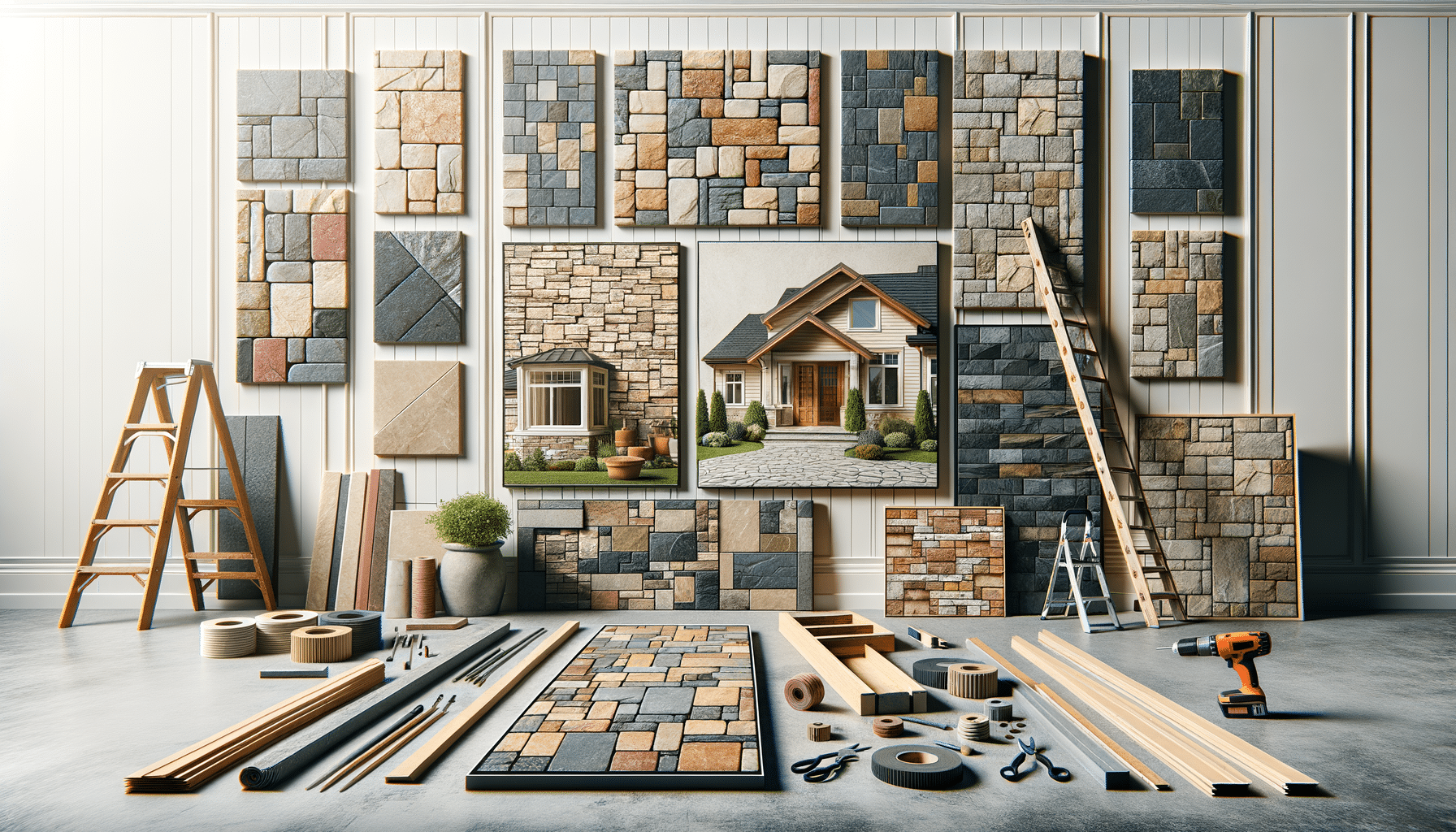
Installation Guide: How to Use Faux Stone Panels in Your Home
Introduction to Faux Stone Panels
Faux stone panels have emerged as a popular choice for homeowners looking to enhance the aesthetic appeal of their homes without breaking the bank. These panels offer a realistic stone appearance and are crafted from lightweight materials, making them easier to handle and install compared to natural stone. With advancements in technology, faux stone panels have become increasingly convincing, providing a cost-effective alternative that doesn’t compromise on style. This guide explores the potential of faux stone panels in transforming home interiors and exteriors.
Benefits of Using Faux Stone Panels
Faux stone panels offer numerous advantages, making them a preferred choice for many homeowners. Firstly, they are highly durable and resistant to weather conditions, which makes them suitable for both indoor and outdoor applications. Additionally, they are lightweight, reducing the need for structural support and allowing for easier installation.
Another significant benefit is their cost-effectiveness. Natural stone can be expensive, but faux stone panels provide the same visual appeal at a fraction of the cost. They are also versatile, available in a variety of styles and colors to match any decor theme.
Furthermore, faux stone panels are low maintenance. Unlike natural stone, they don’t require sealing or regular upkeep, which saves time and effort in the long run. This combination of affordability, ease of installation, and minimal maintenance makes faux stone panels an attractive option for home renovations.
Stone Panels for Home Decor
Incorporating stone panels into home decor can significantly enhance the ambiance of any space. Whether used as an accent wall in the living room or as a backsplash in the kitchen, stone panels add texture and depth. They can also be used to create a rustic or modern look, depending on the style chosen.
For those looking to make a bold statement, stone panels can be applied to entire walls, creating a dramatic effect. Alternatively, they can be used in smaller sections to highlight certain areas, such as around a fireplace or as part of a feature wall.
Stone panels are also an excellent choice for exterior applications. They can enhance the curb appeal of a home by adding character to the facade or by highlighting architectural features. With their ability to mimic the look of natural stone, faux stone panels provide a versatile solution for both interior and exterior design projects.
Types of Stone Panels
There are several types of stone panels available, each offering unique characteristics that cater to different design preferences. The most common types include:
- Faux Stone Panels: Made from polyurethane or similar materials, these panels are lightweight and easy to install, providing a realistic stone appearance.
- Natural Stone Veneer: Thin slices of natural stone that offer an authentic look and feel, suitable for both interior and exterior applications.
- Manufactured Stone Veneer: Composed of concrete and other aggregates, these panels are designed to mimic natural stone while being more affordable.
Each type of stone panel has its own set of advantages and can be chosen based on the specific needs and budget of the project. Whether opting for the lightweight convenience of faux stone or the authentic texture of natural stone veneer, homeowners have a range of options to suit their style and functional requirements.
Installation Process of Faux Stone Panels
Installing faux stone panels is a straightforward process that can be completed by DIY enthusiasts or professionals. The first step is to prepare the surface by ensuring it is clean, dry, and free of any debris. Depending on the type of panel, a moisture barrier may be required to protect against water damage.
Next, the panels are measured and cut to fit the desired area. It’s important to use the right tools to ensure clean cuts and a professional finish. Adhesive is then applied to the back of each panel, and they are pressed firmly onto the surface, starting from the bottom and working upwards.
Once all panels are in place, any gaps can be filled with caulk or grout to create a seamless look. Finally, the panels are left to set according to the manufacturer’s instructions, ensuring a secure and long-lasting installation.
By following these steps, homeowners can achieve a stunning transformation in their space, enhancing both the visual appeal and value of their property with faux stone panels.


